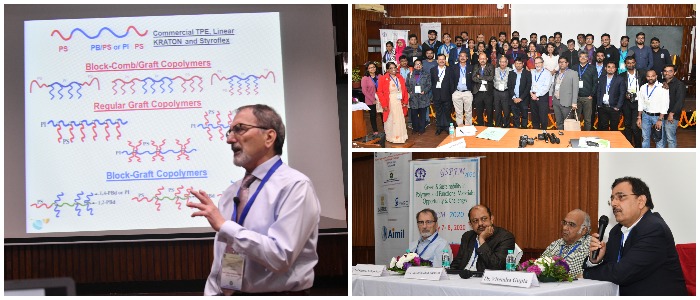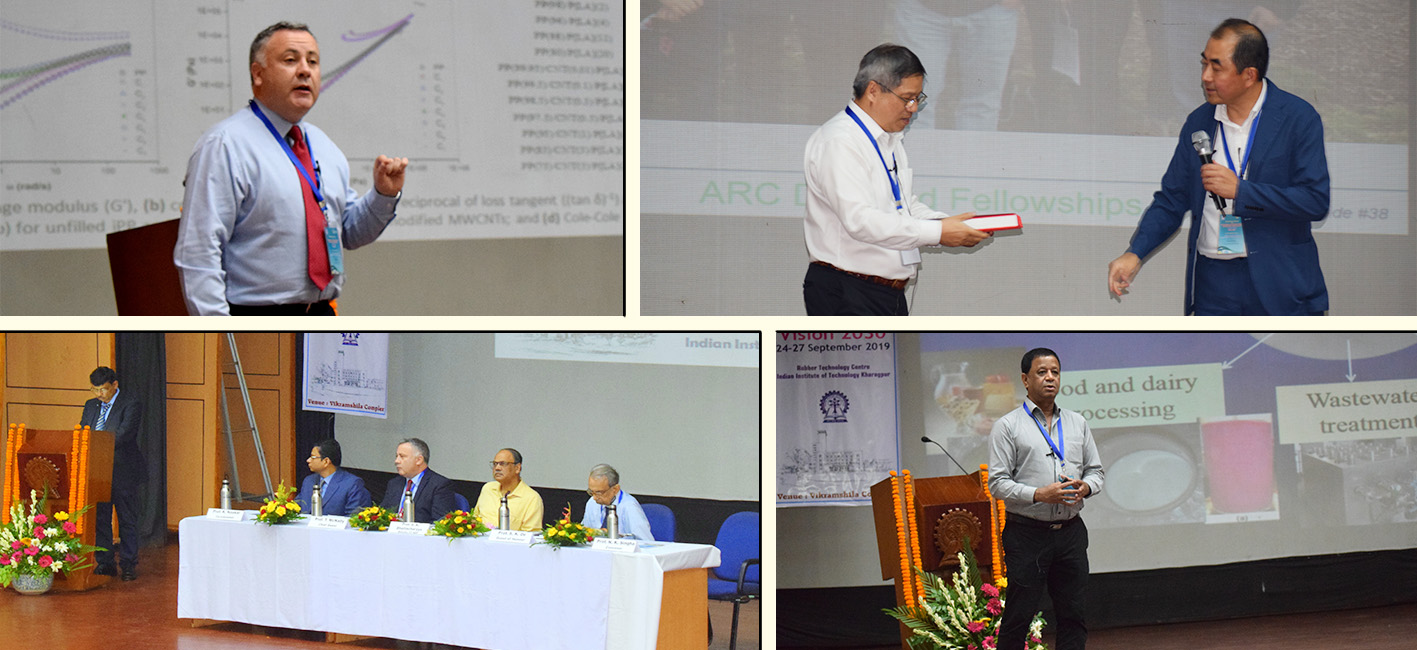
Celebrating the ‘Macromolecule’
It was in 1920 that Hermann Staudinger, the legendary German organic chemist, proposed the concept of ‘macromolecules’. Since then macromolecules have revolutionized the materials sciences and biosciences and supported the rapid growth of the plastics industry. It is not without surprise that the Rubber Technology Centre of IIT Kharagpur, which has spearheaded research in rubber and polymers since its inception in the 1980s, should think it fit to celebrate the beginning of the second century of the macromolecule with the holding of the International Conference on ‘Green and Sustainability in Polymers and Functional Materials: Opportunity and Challenges’, particularly at a…


